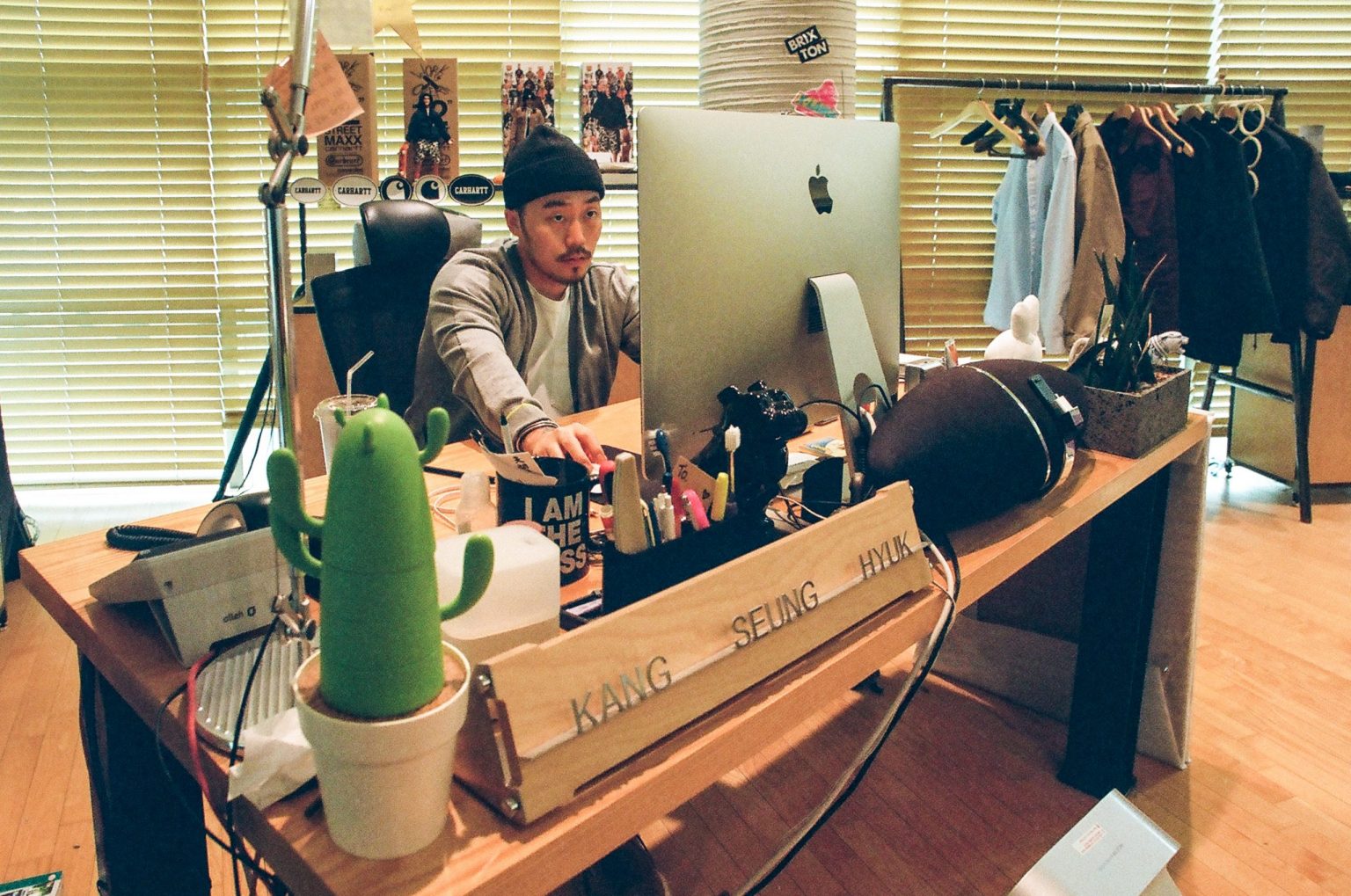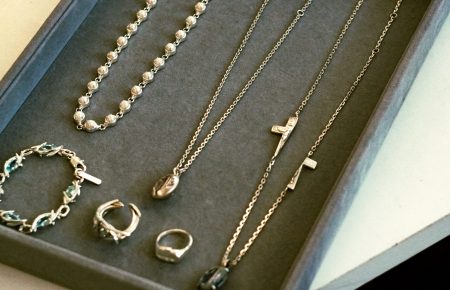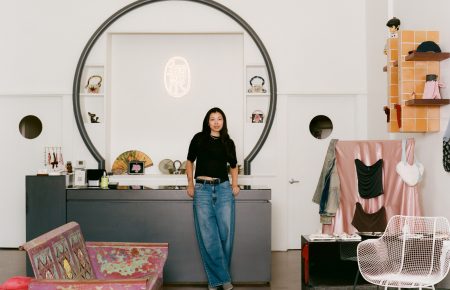It’s no surprise that some of the most authentic and successful retail concepts begin with a simple desire to bring new exciting things to a local crowd. But short of simply importing and selling a shop-ful of goods because they’re popular abroad, it takes an eye for the timeless and the “classic” that ensures those items will resonate with the target market in a way no derivative products could.
For Kang Seunghyuk, founder of WORKSOUT, what started as a personal mission to make overseas streetwear items available—and accessible—to Seoul’s fashion scene has since exploded into an empire that encompasses over 10 stores throughout the country.
We sat down with him as he prepared to celebrate the next milestone in his streetwear empire, the opening of a new location inside RYSE’s hotel in Seoul’s up-and-coming Hongdae neighborhood. He shared with us how far he’s come, the intricacies of the Korean fashion scene and what it takes for a brand to succeed there.

What was the inspiration behind WORKSOUT?
This might be hard to explain, but in Korea, there’s this idea of “oldness” in that it’s the older generations that manage companies. Fashion companies still operate under this concept: They keep wanting to work with department stores, and when their products enter these department stores, the prices skyrocket, which makes it hard for ordinary consumers to buy them.
Before, it was really common to see items that would cost only 30 dollars in the US but sell for 60 dollars in Korea. But, I wanted to deconstruct all of that. I wanted to show that it was possible to get the same price for something here as you would in America, Korea or Europe. My goal was to show Korean people that you didn’t have to purchase particular items in the States and that they could buy the same items here.
How did the opportunity with RYSE come about?
They first asked us to join them about three or four years ago, but at the time we were preparing to open our Apgujeong Store, so we declined their offer. But a year later, when we were open and WORKSOUT was doing well, I was given the offer again. Actually, it was a lot of work getting the brand into the hotel. I turned it down initially because it seemed like too big a project or plan and I thought it was too much to take on, but they really wanted to bring street brands into the hotel, so I eventually agreed. The very same Andre Caputo that designed our Apgujeong-dong store is also working on this project.
What is unique about the Korean perspective towards fashion?
I guess it’d be accurate to say Koreans have a strong sense of loyalty? Fandom is a huge concept in Korea. There’s a community for it. So if there’s any one type of style or one type of brand, people will follow it. People from overseas like to dress a certain way that expresses themselves, but Koreans have a tendency to base their style around the brands they’re loyal to. If you like a certain brand, you’ll always like it and never throw it away or abandon it. So I’d say brand loyalty is one unique part of Korea.
You now have four WORKSOUT stores and eight CARHARTT stores. What does it take to succeed in different Korean cities?
For one, if a brand succeeds in Seoul, it can succeed in any region of Korea. That’s why I opened up five stores in Seoul first, which led to a contact from Busan asking if I wanted to open up stores there and then later on again in Daegu. The reason for this is if you succeed in Seoul, you can then expand to other provinces. And if you take advantage of those opportunities, you’ll succeed no matter what because people from other regions always follow Seoul. So because we already did so well in Seoul, things really took off after that.

What direction do you see fashion in Korea taking?
As I mentioned earlier, it’s still a bit difficult for Koreans to express themselves. We always like to think that Koreans are like Americans in that we like to be bold and outspoken, but the truth is that we find it really hard to create our own color. However, if we talk about the nature of contemporary fashion in Korea, there’s a bit of movement there. Korean idols are so influential and people follow their fashion, so they’re beginning to develop their own color and style. Plus, people are aware of overseas influencers through Instagram and Paris and New York fashion, so they’re starting to draw their own style from it, in my opinion.
What role do you think the Internet has played in all this?
Back in the day, you had to read books for fashion. Books were more important than the Internet. I used to have tons of books at home, but now I don’t even have a single one. That’s because magazines, unlike books, are updated every day now. But back then, because the magazine came out only once a month, you’d get the latest news only as often, so the trends would be a little late. I think that would be the main difference: the speed in which trends would disseminate.
“I personally think Hongdae will be the biggest neighborhood in Korea in the next five or 10 years.”
I was personally amazed by your Apgujeong store. How should people feel when they have a good physical retail experience?
The most important thing, in my opinion, is to get people to come to the store by having items on display, preparing events or collaborating with different brands every month at our store. For example, last year we had Nike, Adidas, Puma in our store to collaborate with us and hold parties and events every season and month to introduce their brand. This is how consumers get introduced to the brands and how we bring customers to visit our stores a little bit more often—and not just look online, but actually come and check them out.
When I went to Apgujeong, I saw a lot of different brands there. How do you pick them and position them together in the same space?
When I look for a brand, the first criteria is that it’s a brand I can’t find in a department store. In terms of levels, you can see the brands on the first floor are curated so that when people come in they’ll think, “oh, I know these brands.”
When they head upstairs to the second floor, they’ll notice more niche brands that they don’t know but will still appreciate. And on the third floor, they’ll think, “they’ve got a mix of brands here, but I know all of this”.
“If a brand succeeds in Seoul, it can succeed in any region of Korea. That’s why I opened up five stores in Seoul first, which led to a contact from Busan asking if I wanted to open up stores there and then later on again in Daegu.”


As a foreigner, I always hear the fashion discussion in Seoul gravitate towards Itaewon and Gangnam etc. How would you describe Hongdae?
I personally think Hongdae will be the biggest neighborhood in Korea in the next five or 10 years. We’re already starting from the RYSE hotel and building all the new buildings on this street, and the hotels and department stores will keep coming in.
Especially in this business district, there are lots of young people living there, so a lot of people pass by all the time. It’s different from Gangnam where it’s hard for people to move around, but here, there are lots of young people, restaurants, bars, and clothing stores too. So business isn’t going anywhere but up here, and more people will come.
























